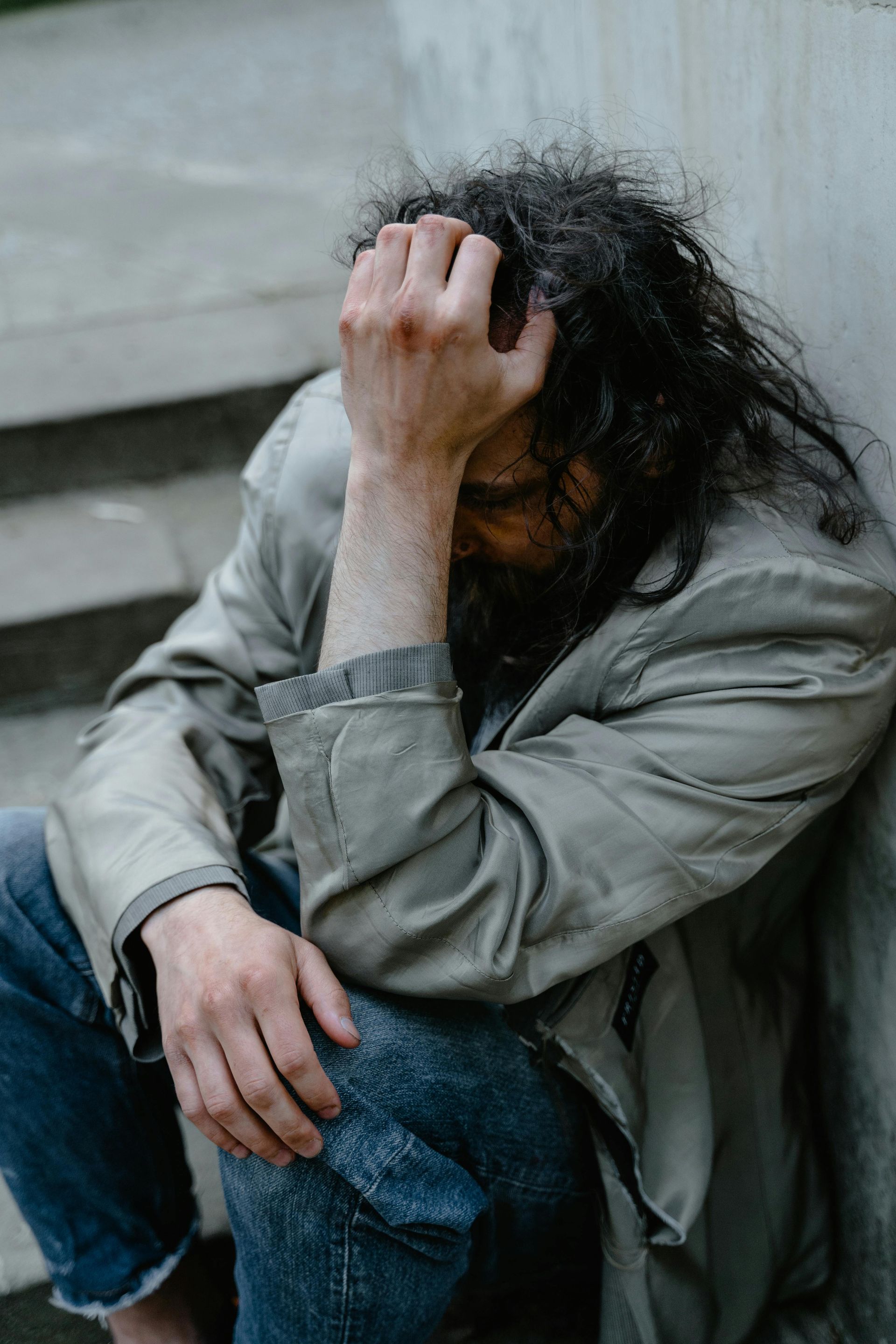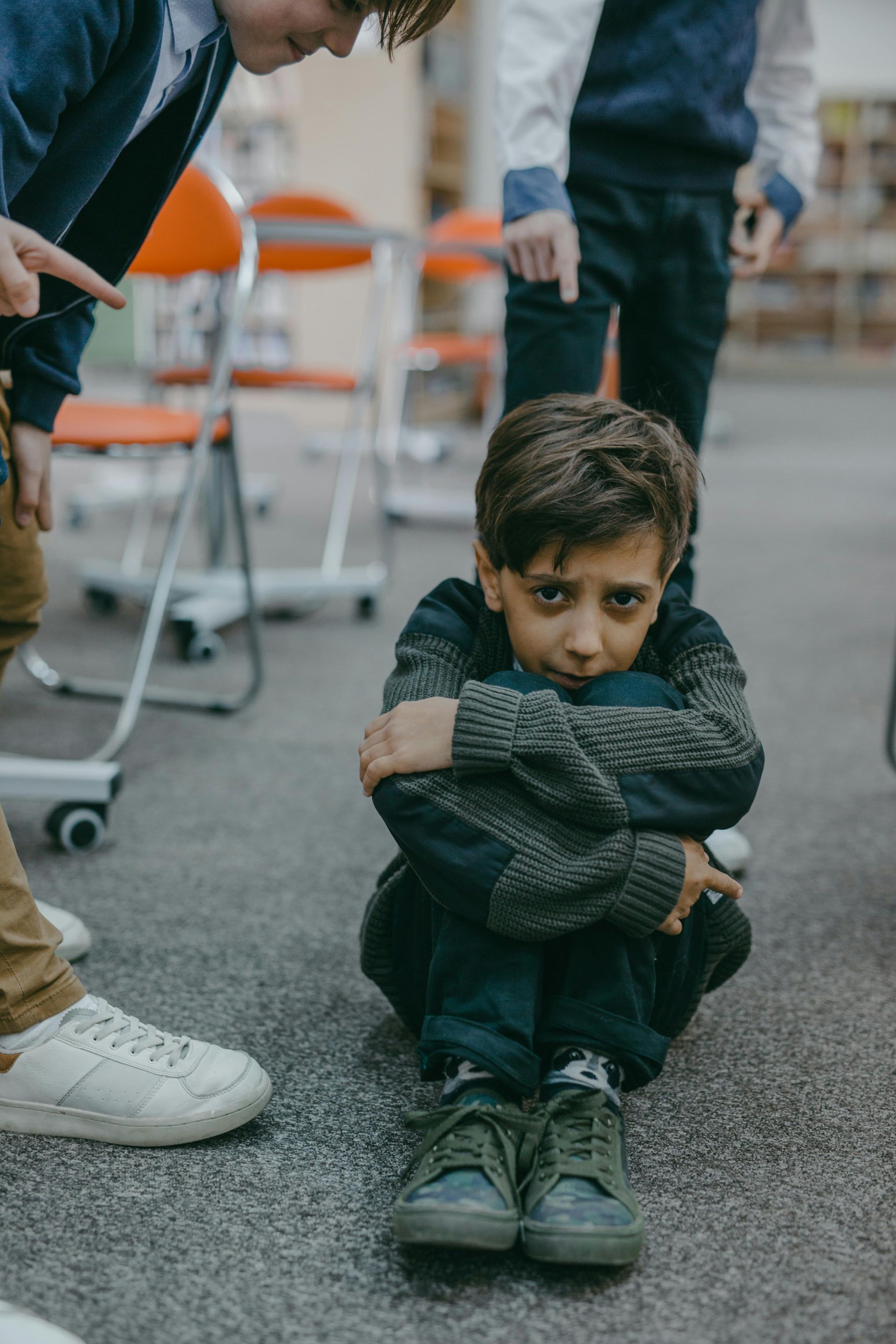User Journey

Scenario
An academic researcher has identified numerous global efforts addressing substance abuse among the unhoused and seeks to consolidate data, collaborate with peers, organize existing research, and facilitate free peer review and participant access through a unified user community.
Problems Looking to solve/Opportunities
- Disjointed global research efforts hinder coordination and funding, hampering attention to promising ideas.
- Coordination with diverse groups like civic, governmental, and NGOs is sought for research solutions.
- Lack of transparency impedes identification of common themes and best practices among research endeavors.
- Obtaining qualified peer review and accessing diverse test subjects remains challenging, despite potential mobile outreach to groups like the homeless.

Scenario
Superintendent of a School District looking to collaborate locally and nationally with educators, foundations, civic leaders and students to respond and intervene to the growing threat of violence in the schools
Problems Looking to Be Solved:
- There's a lack of centralized organization for extensive research and expert opinions on the subject, hindering the identification of current best practices and opportunities for expert collaboration.
- Despite a wealth of policies addressing school violence and intervention plans across various entities, such as schools, governments, and justice organizations, there's no unified hub for comparison, analysis of effectiveness, and identification of successful examples.
- An essential hub is required for educators, justice professionals, mental health experts, civic leaders, social service professionals, and NGOs to exchange ideas, share research, comment on policies, develop plans, measure success, and foster collaborations.
- Mobilizing a coalition of student ambassadors against hate, violence, and bullying requires a dedicated platform for coordination and resource sharing.
- Connecting at-risk youth with necessary resources, tools, and interventions demands accessible opportunities and platforms for effective outreach and support.

Scenario
As the Juvenile Diversion Officer for a small city, Jim runs a very successful Diversion Program for youth at-risk of their first minor misdemeanor charge and also those at-risk of expulsion from school. Identifying that most of the "at-risk" youth with whom he works have underlying mental, physical, learning disabilities (including substance abuse) or risk factors within their environment, he sees an opportunity to expand the youth he serves to all first time misdemeanor offenders and some low-level felons. He is also looking for the opportunity to better monitor activity on social media that may negatively involve the youth in his program.
Problems looking to solve/Opportunities
- Jim seeks a platform to compare success metrics of programs for misdemeanor offenders and low-level felons and collaborate with leaders to share successes and lessons learned.
- Jim desires collaboration opportunities with key community stakeholders like juvenile justice officials, school administrators, mental health professionals, and others to jointly develop solutions based on research and innovative ideas.
- Jim aims to aggregate social media data from students in his Diversion Program to track high-risk behaviors like bullying, curate the information for monitoring, and share relevant data with parents or designated groups. Additionally, he wants to monitor social media trends posing risks to youth in his community.

Scenario
At Studio Kula, a media/tech production company, we provide an accessible, interactive solution to address humanitarian crises in the US. By focusing on local issues, we uncover root causes and create scalable solutions for other communities.
Our approach combines storytelling for an unbiased, 360-degree view of the problem and a live platform where leaders, experts, and the audience collaborate to crowdsource solutions. We offer an immersive experience to help all parties understand the affected populations, and at the end of each season, we implement the identified solutions for the community or cause.
Problems Looking to Solve/Opportunities
- Many news outlets and documentaries present biased stories, portraying heroes, victims, and villains instead of offering non-partisan narratives that foster empathy and educate voters.
- Stories should be told from all perspectives, emphasizing shared accountability and the challenges preventing solutions.
- During COVID-19, protests highlighted the need for a platform that encourages active participation in finding new, untried solutions.
- Many citizens have ideas but lack the means or confidence to get them in front of the right decision-makers.
- Citizens often aren’t aware of the barriers faced by services, educators, or council members due to policy issues, red tape, or personal histories.
- Disparate data, research, and solutions exist, but they are uncoordinated, leading to duplicative efforts and spending. A centralized hub for collaboration is needed.
- Many individuals have skills, time, or resources to contribute, but charities and NGOs often limit participation to monetary donations. A more inclusive volunteer system is necessary for enabling innovative solutions.
Studio Kula
by Busko, Allen, Bodosi & Stefuliga LLC
We use cookies to ensure that we give you the best experience on our website. To learn more, go to the Privacy Page.
